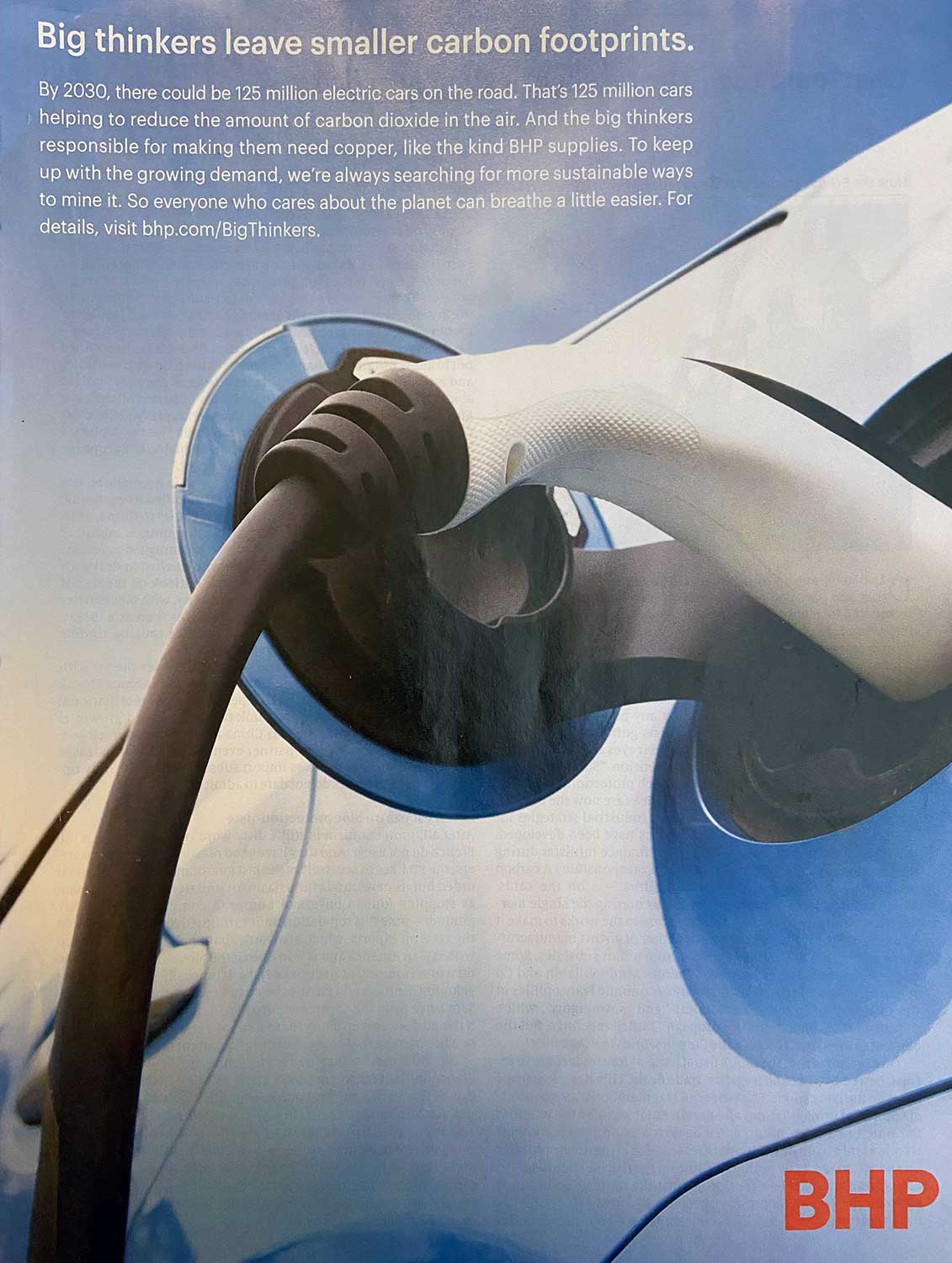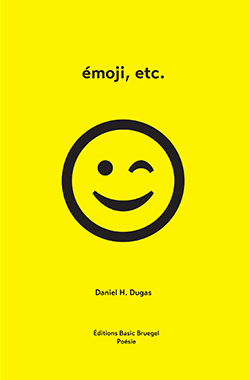162 hospitalisations (2022)
 En lisant le titre de la nouvelle « 162 hospitalisations mardi au N.-B., mais le sommet n’est pas encore atteint », j’ai tout de suite compris l’épuisement et le découragement de la travailleuse de la santé qu’on nous montre dans la photo qui illustre la nouvelle. Elle regarde par la fenêtre comme pour y voir une issue de secours, une lumière qui se pointerait à l’horizon. Je l’imagine au Centre hospitalier universitaire Dr-Georges-L.-Dumont ou à l’Hôpital de Moncton. Pour un instant, j’ai partagé avec elle la difficulté actuelle, mais en regardant la légende sous l’image j’ai remarqué que c’était une photographie de l’agence Getty Images.
En lisant le titre de la nouvelle « 162 hospitalisations mardi au N.-B., mais le sommet n’est pas encore atteint », j’ai tout de suite compris l’épuisement et le découragement de la travailleuse de la santé qu’on nous montre dans la photo qui illustre la nouvelle. Elle regarde par la fenêtre comme pour y voir une issue de secours, une lumière qui se pointerait à l’horizon. Je l’imagine au Centre hospitalier universitaire Dr-Georges-L.-Dumont ou à l’Hôpital de Moncton. Pour un instant, j’ai partagé avec elle la difficulté actuelle, mais en regardant la légende sous l’image j’ai remarqué que c’était une photographie de l’agence Getty Images.
Ce découragement n’est donc pas le réel découragement éprouvé par les travailleurs de la santé du Nouveau-Brunswick, il s’agit d’un archétype de l’épuisement; une représentation qui est à vendre et qui a été achetée. L’image a peut-être été faite avant la COVID, qui sait, et la personne en uniforme médical n’a possiblement aucun lien avec le domaine de la santé. Son stéthoscope pourrait n’être qu’un accessoire. Nous ne savons rien de cette femme et des conditions qui ont entouré la production de l’image dans laquelle elle figure. On nous la présente comme faisant partie intégrante de l’information, et elle nous parle. C’est une mise en scène pour augmenter ce que nous pourrions ressentir, pour exacerber le lien émotionnel que nous pourrions développer avec la nouvelle. L’empathie que j’avais ressentie pour cette travailleuse n’était qu’une illusion, et ce simulacre ainsi attaché à la crise sanitaire (qui elle est bien réelle) est dommageable pour la nouvelle, je pense.
Radio-Canada
le 1 février 2022
https://ici.radio-canada.ca/nouvelle/1858919/hospitalisations-nb-sommet-pic-morts-fevrier
A Clear Conscience and a Bright Blue Sky (2020)

The goal of any ad is to make us feel good about a company and its products. This ad from the Melbourne, Australia-based BHP Billiton multinational mining, metals, and petroleum company, fits the bill. According to its advertorial gospel, published in The Economist October 2020, by reducing the amount of carbon dioxide in the air, electric cars will save the world. But this glossy hope does not tell the whole truth. The ad states that ‘by 2030, there could be 125 million electric cars on the road.’ More cars on the roads, this is the hope for our future and these are the words of a company responsible for so much destruction. Still fresh on our environmental awareness radar is the 2015 collapse of a dam at the Samarco-BHP mine. This was Brazil’s largest environmental disaster, it killed 19 people and spilled roughly 40 million cubic metres of toxic sludge into communities, the Rio Doce river, and the Atlantic Ocean, 650 km away[1]. BHP Billiton is also responsible for the Ok Tedi environmental disaster in Papua New Guinea. Between 1984 and 2013, BHP’s mine discharged about two billion tons of untreated mining waste into the Ok Tedi river[2]. This is the same company that has violated scores of indigenous communities’ rights across the Americas. The trail of environmental, social, and public health disasters linked to BHP[3] is a long one and yet they want us to think of them as the saviour of the world, they want us to believe that they are the ‘Big Thinkers’ who leave a small carbon footprint. It is hard to take and even harder to understand why such ads could be printed. One hundred and twenty-five million electric cars will not solve the problems of pollution that will occur through their manufacturing process; the extraction of tons and tons of copper needed to build the hearts and the veins of these cars will not make our planet better. The only ones to profit are the investors and perhaps the marketers selling us on the fallacy that our conscience should be clear.[4]
[1] BHP faces first step in $6.3 billion UK claim over Brazil dam failure
[2] Ok Tedi environmental disaster
[3] Broken Hills: Six cases from BHP’s long trail of disasters (PDF)
[4] According to the Visual Capitalist website, an EV contains about 183 lbs. of copper. 125 millions cars multiplied by 183 lbs. equal twenty three billion pounds of cooper.
Daniel H. Dugas
Archives
Blogroll
- A.I.R. Vallauris
- ACAD
- Adobe additional services
- Adobe Creative Cloud
- AIRIE
- Amaas
- Amazon Author Central
- ARTothèque
- Australian Poetry
- Basic Bruegel
- Bitly
- CCCA
- CDBaby
- Cycling 74
- Dissolution
- Éditions Prise de parole
- Emmedia
- eyelevelgallery
- FAVA
- Festival acadien de poésie
- Festival FRYE Festival
- FILE – Electronic Language International Festival
- Freeware list
- Fringe Online
- Galerie Sans Nom
- Gotta Minute Film Festival
- Instants Vidéo
- JUiCYHEADS
- Kindle Direct Publishing
- Klondike Institute of Art and Culture
- La Maison de la poésie de Montréal
- La Maison de la Poésie et de la Langue française Wallonie-Bruxelles
- Laboratorio Arte-Alameda
- Le Centre Jacques Cartier
- Liberated Words
- Maison Internationale de la Poésie – Arthur Haulot
- MediaPackBoard
- Miami Book Fair International
- Monoskop
- Mot Dit
- NSCAD University
- Paved Arts
- PoetryFilm
- Portail des auteurs du Nouveau-Brunswick
- RECF
- Revue Ancrages
- Salon du Livre du Grand Sudbury
- Sculpture Space
- Subtropics.org
- Sydney college for the arts
- The Centre for Contemporary Canadian Art
- The New Gallery
- Trevigliopoesia
- tumbler-documents
- V Tape
- Valerie LeBlanc
- VideoBardo
- Void Network-Κενο Δίκτυο
Categories
- #covidpoèmes
- Advertisement
- AIRIE
- Ancrages
- anthology
- Anthropocene
- Architecture
- Around Osprey
- art
- Article de presse
- arts visuels
- audio
- Australian Poetry
- Basic Bruegel Editions
- Book
- book fair
- Cafe Poet Program
- Ce qu'on emporte avec nous
- Citations gratuites
- Collaboration
- commentaire
- commentary
- Compte rendu
- conférence
- Conservation Foundation of the Gulf Coast
- COVID-19
- Critique littéraire
- culture
- Daniel Dugas
- Design
- Édition Michel-Henri
- Éditions Perce-Neige
- Éloizes
- Emmedia
- emoji etc | émoji etc
- Environnement
- essai
- essay
- Everglades
- Exhibition
- festival
- Festival acadien de poésie
- Festival Frye Festival
- FIPTR
- Flow: Big Waters
- Fundy
- Habitat
- installation
- Instants Vidéo
- interactivity
- journal
- JUiCYHEADS
- Kisii
- L'Esprit du temps
- laptop
- Leaving São Paulo
- lecture
- Livre
- logos
- Magazine
- Miami Book Fair
- Moncton 24
- novel
- OASIS
- oil spill
- perception
- performance
- Photo
- poésie
- Poetic Licence Week
- Poetry
- politics
- politique
- press
- Prise de parole
- Revue Ancrages
- salon du livre
- sculpture
- Sculpture Space
- sound
- Souvenirs
- Spirit of the Time
- Style & Artifacts
- Symposium d'art/nature
- talk
- television
- The New Gallery
- Uncategorized
- Valerie LeBlanc
- vidéo
- vidéopoésie
- Videopoetr/Vidéopoésie
- videopoetry
- visual arts
- What We Take With Us
- youth literature







